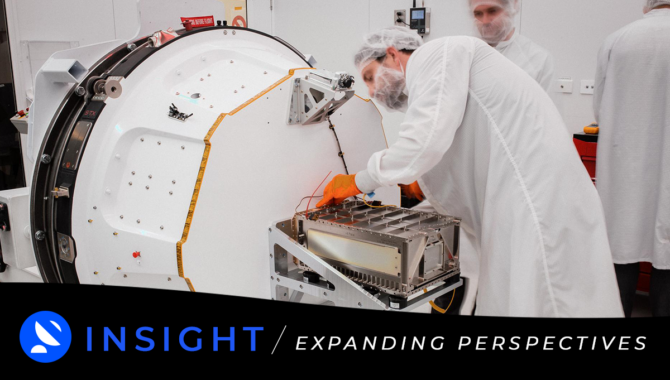
Don’t miss the latest issue of INSIGHT, APPEL Knowledge Services’ online publication featuring our new podcast episodes, columns, articles, lessons learned and more. We invite you to read it today on our website.

Don’t miss the latest issue of INSIGHT, APPEL Knowledge Services’ online publication featuring our new podcast episodes, columns, articles, lessons learned and more. We invite you to read it today on our website.
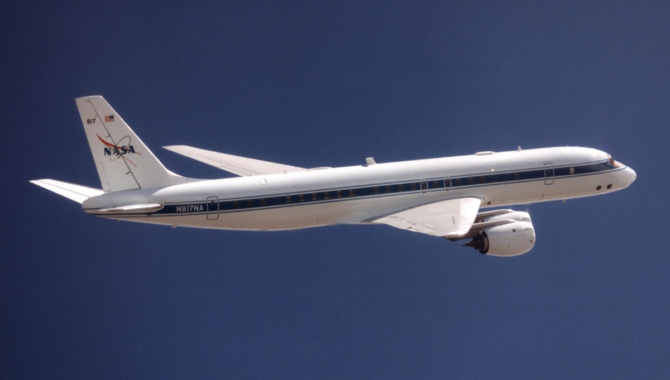
After more than three decades of amazing contributions to science, storied aircraft heads to Idaho for a new chapter.
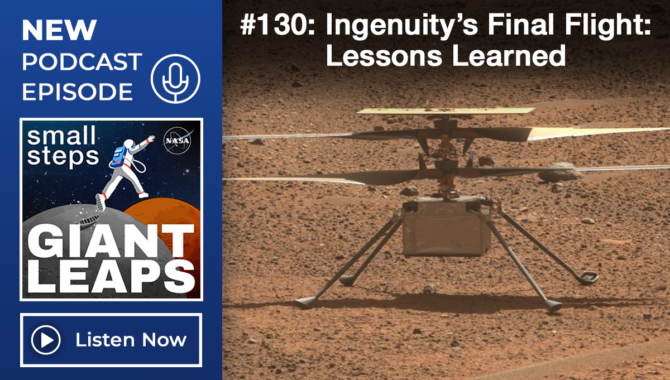
In this episode, Teddy Tzanetos, project manager for the Ingenuity Mars Helicopter, tells us about what we’re still learning from Ingenuity’s final flight and how risk management can be used for opportunities.

PREFIRE will examine heat loss from the rapidly changing regions and gather data to improve weather models.

The crew of STS-125 make repairs and upgrades to the revolutionary telescope, expanding its capabilities and extending its operational lifespan.

Meetings can be designed and executed as an effective knowledge capture and sharing tool.
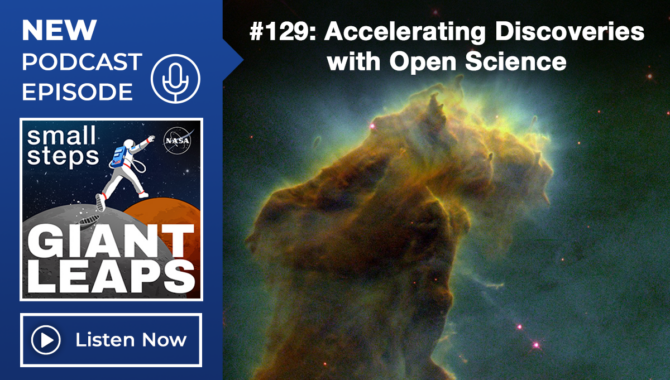
In this episode, Dr. Chelle Gentemann, Open Science Program Scientist for the Office of the Chief Science Data Officer, explains NASA’s initiative to make science more collaborative, accessible, and inclusive. Known as Transform to Open Science, or TOPS, the program encourages increased access to research and data.
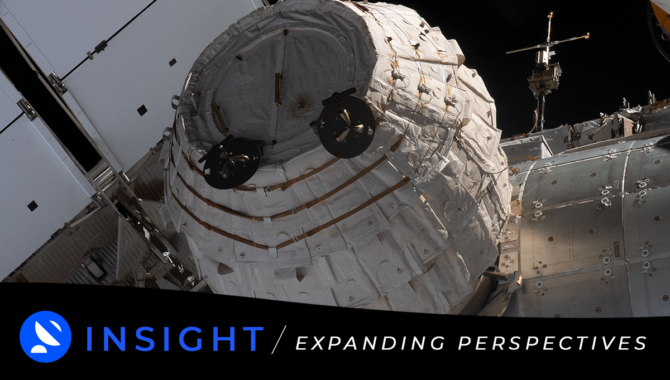
Don’t miss the latest issue of INSIGHT, APPEL Knowledge Services’ online publication featuring our new podcast episodes, columns, articles, lessons learned and more. We invite you to read it today on our website.
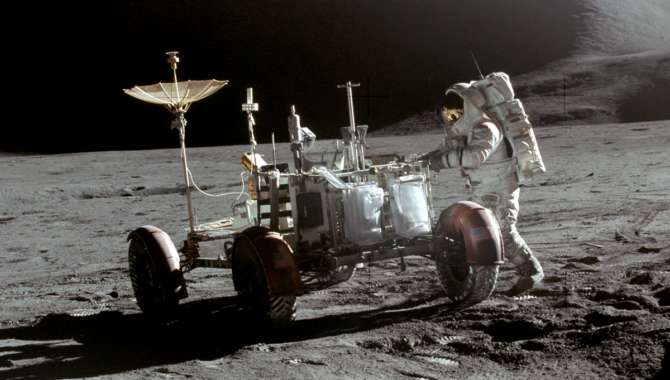
New lunar vehicle for astronauts will also be capable for robotic exploration at the Moon’s South Pole.